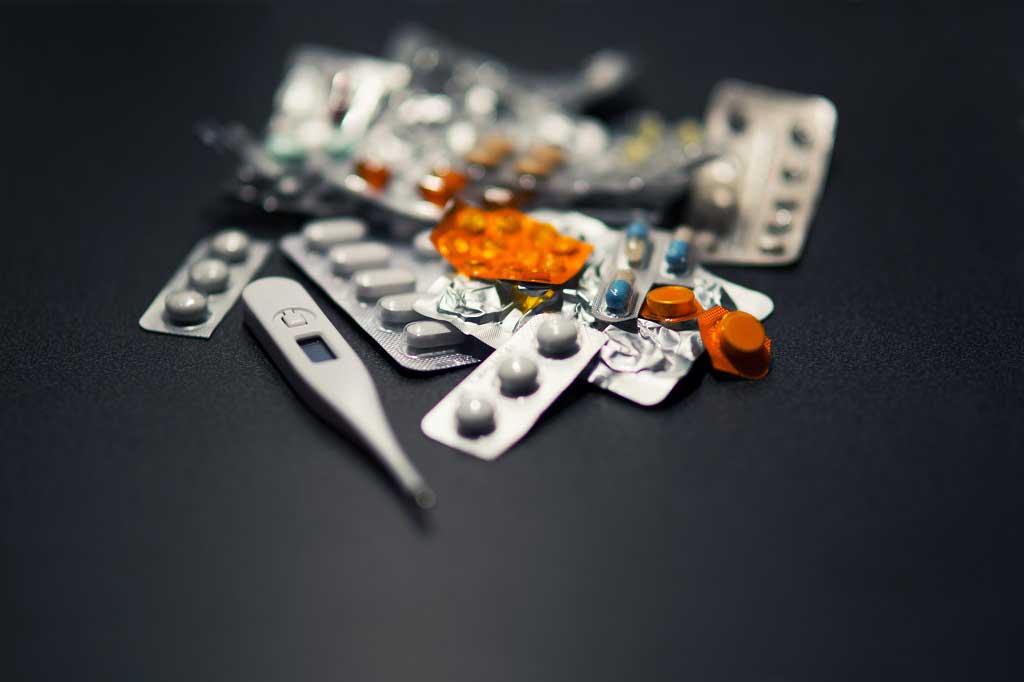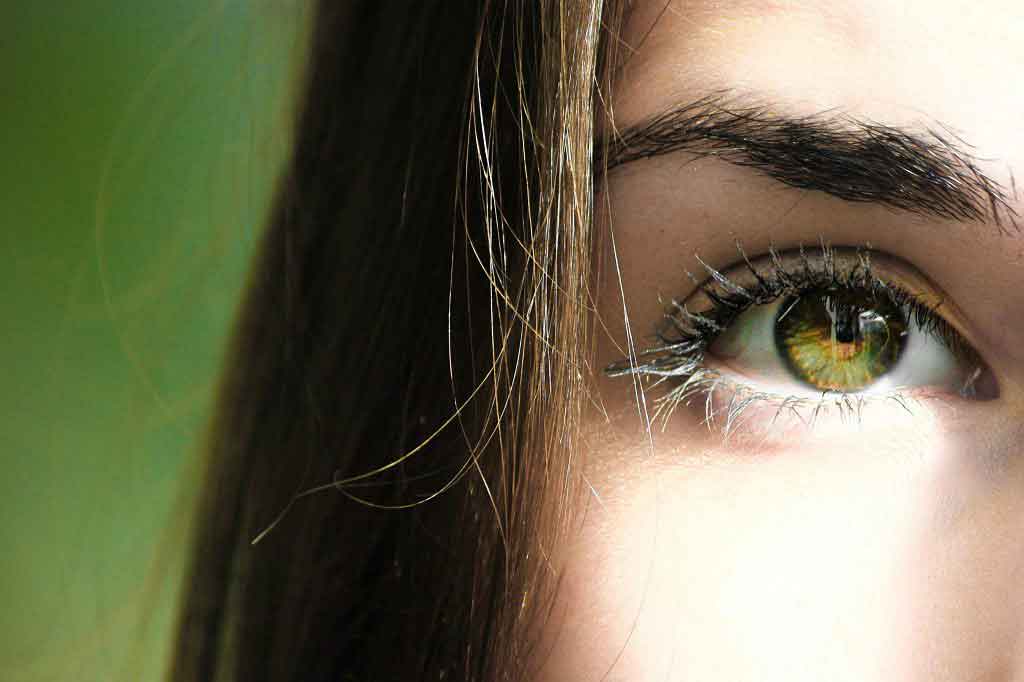Stem cells extracted from urine used to 'grow teeth'
Genetics and stem cells

“Scientists have grown rudimentary teeth out of the most unlikely of sources, human urine,” BBC News reveals. The story is based on a laboratory study that used pluripotent stem cells…
“Scientists have grown rudimentary teeth out of the most unlikely of sources, human urine,” BBC News reveals.
The story is based on a laboratory study that used pluripotent stem cells generated from human urine cells to grow teeth-like structures in a group of mice. Pluripotent stem cells have the potential to develop into any type of body cell. These stem cells were then combined with early dental tissue obtained from mouse embryos and then transplanted into the bodies of mice.
The main advantage of using urine as a source is that it provides a much easier way to obtain stem cells compared to existing techniques (such as obtaining a sample of bone marrow).
Scientists found that after three weeks, up to 30% of the mice developed ‘teeth-like structures’.
The structures had properties that resembled regular human teeth, but only had one-third of the hardness of human teeth.
Currently, the research has only used dental tissue obtained from mice, and grown the teeth in mice, and caution should be exercised when trying to generalise the findings from animal research to humans. Also, the experiments were not a complete success, as only a third developed into ‘teeth’ and few had the hardness of human teeth.
For the majority of us without ready access to a genetics laboratory and a ready supply of mice it’s probably best to stick to the old-fashioned way of looking after our teeth; brushing at least twice a day, flossing once a day, and limiting the consumption of sugary food.
Where did the story come from?
The study was carried out by researchers from Guangzhou Institutes of Biomedicine and Health in China, Peking University and other Chinese institutions. It was funded by the Chinese Ministry of Science and Technology, the Natural Science Foundation of China and the Chinese Academy of Sciences. The study was published in the peer-reviewed Cell Regeneration journal.
The UK media’s coverage of the study was of a high standard. BBC News, the Mail Online and the Metro all made clear that the study was carried out in mice not humans.
The BBC coverage also included quotes from other experts who are reported to be sceptical about using urine as a source for the generation of stem cells. This is because of problems such as urine containing few cells to convert into stem cells, and the potential for bacterial contamination.
What kind of research was this?
This was a laboratory-based study in which researchers attempted to grow teeth in mice using pluripotent stem cells derived from human urine. Pluripotent stem cells (PSCs) are cells that have the potential to divide and develop into any type of cell in the body. The PSCs in this research are referred to as ‘induced’ PSCs because they have been artificially derived from normal cells excreted in human urine.
The researchers say the biggest limiting factor in stem cell dental research is the lack of an adequate source of human stem cells with dental growth potential. The researchers say that to their knowledge no other studies have investigated use of human urine induced pluripotent stem cells for tooth regeneration.
For more information on recent advances in stem cell science read our special report, Hope and Hype.
What did the research involve?
In this study, researchers used induced pluripotent stem cells (iPSCs) derived from human urine to develop and divide in a laboratory setting. In the laboratory, these cells were cultured with early stage molar dental tissue (mesenchymal cells) extracted from a group of mice. These mesenchymal cells have the potential to develop into the different layers of the tooth. Combining the human iPSCs with the mouse mesenchymal cells should promote their development into tooth-like structures.
After a few days the cultured human and mouse tooth material was implanted into the kidneys of a different group of mice. After three weeks, the researchers dissected and examined the kidneys of the experimental mice to see if teeth-like structures had been produced. They also compared these teeth-like structures to normal human teeth and mouse teeth.
What were the basic results?
The researchers reported that after three weeks, the cells started to look like a human tooth with success rates up to 30%. The teeth-like structures contained dental pulp, dentin, enamel space and enamel organ. However, these ‘teeth’ were not as hard as natural teeth, and were about one-third the hardness of human teeth.
How did the researchers interpret the results?
The researchers conclude that human urine induced pluripotent stem cells (iPSCs) are capable of tooth-like generation. These generated teeth contained enamel and had physical properties similar to that of regular human teeth. They say that iPSCs could be a future source of stem cell research for regeneration.
Conclusion
This study used a technique allowing scientists to generate tooth-like structures in a group of mice in the laboratory, using stem cells derived from human urine.
This research is another valuable step in stem cell research, but there is still a long way to go.
Currently the research has only used dental tissue obtained from mice, and grown the teeth in mouse kidneys, and caution should be exercised when trying to generalise the findings from animal research to humans.
Also, the experiments were not a complete success. When examined, only one third of the teeth-like structures were considered successful. Although the teeth-like structures resembled regular human teeth, only one third had the hardness of human teeth.
Much more research will need to go into developing the technique before it can be seen whether one day it could have the potential for tooth regeneration in humans. This will include more research to make sure that lab-grown teeth can resemble and function like regular human teeth and whether lab-grown teeth are both safe and effective in the long-term.
While this research is on going a ‘prevention rather than cure’ policy for dental health is the best way to go. It is recommended that you:
- brush your teeth at least twice a day
- floss at least once a day
- limit your consumption of fermented carbohydrates such as sweets, chocolate and fizzy drinks
Read more about how to prevent tooth decay.






 Subscribe
Subscribe Ask the doctor
Ask the doctor Rate this article
Rate this article Find products
Find products






